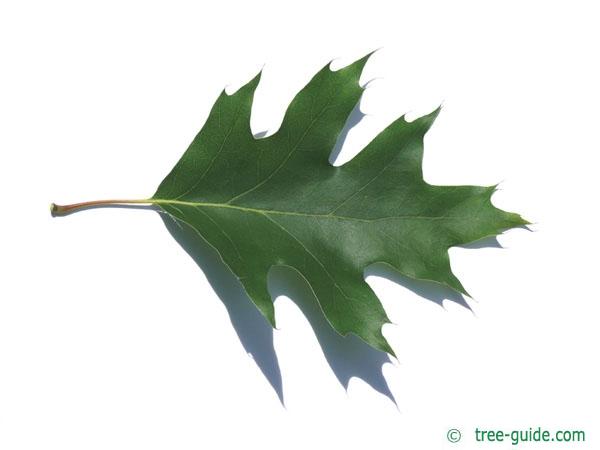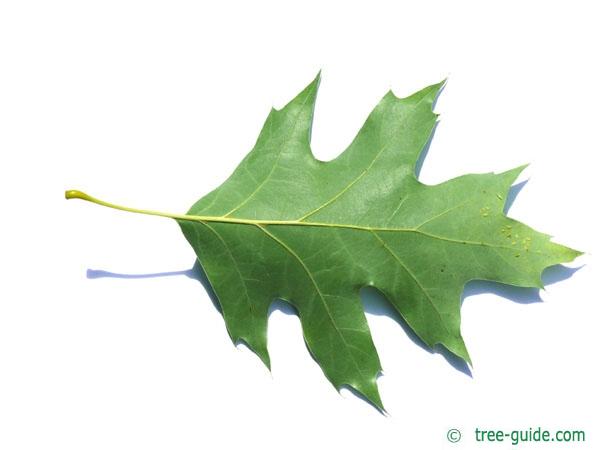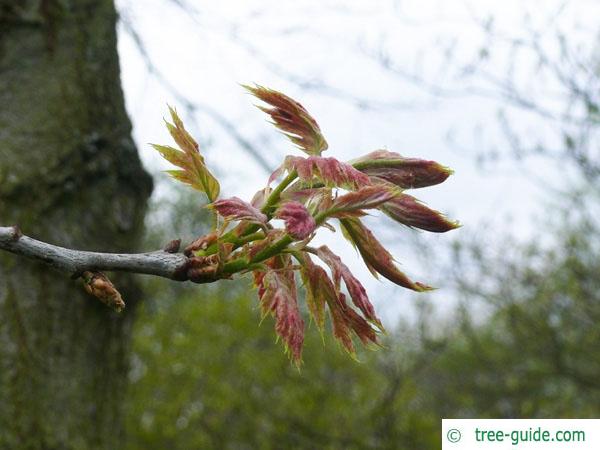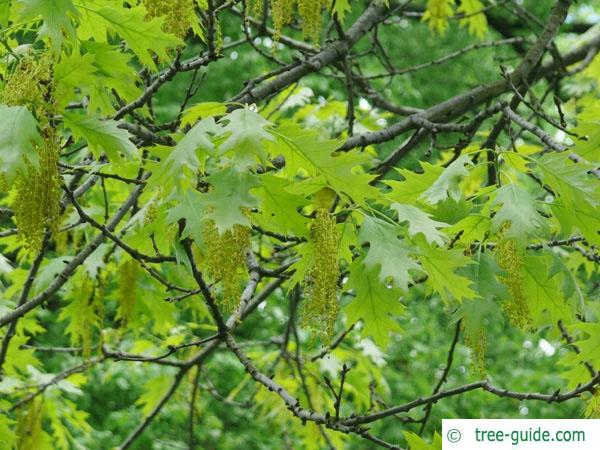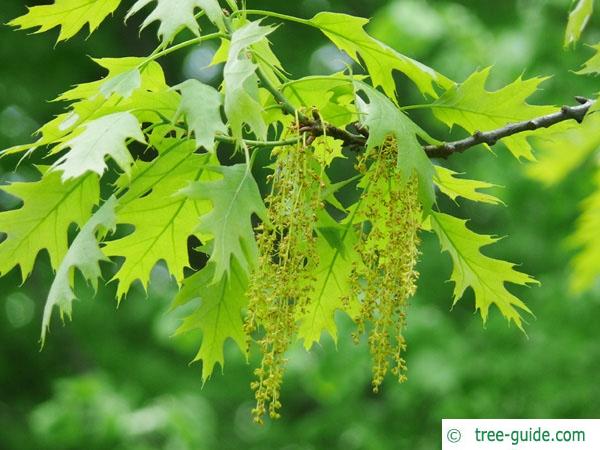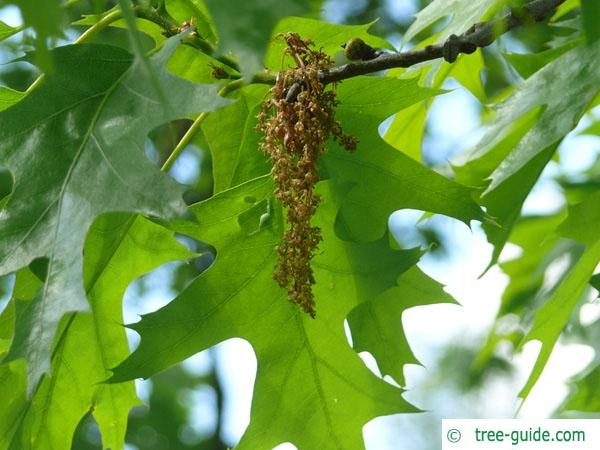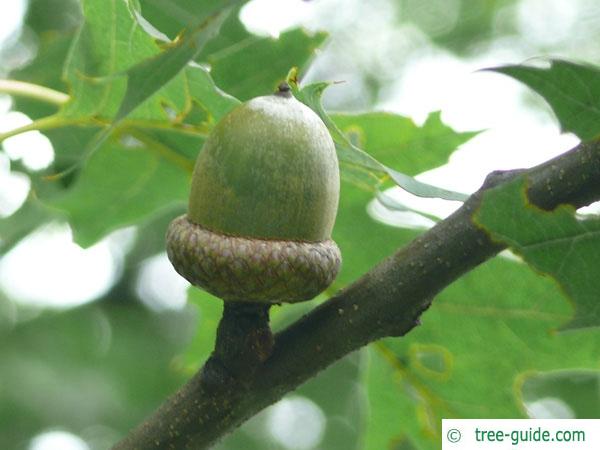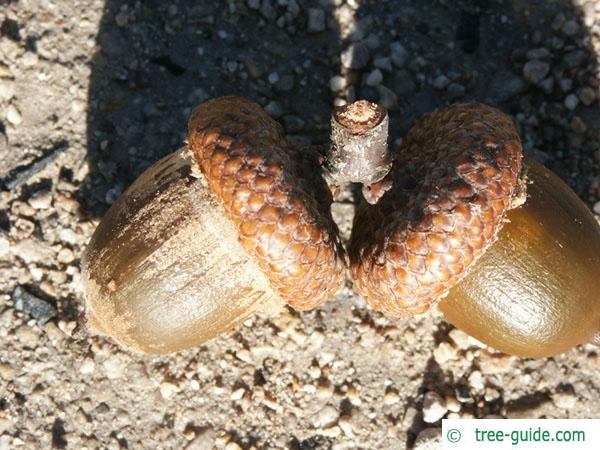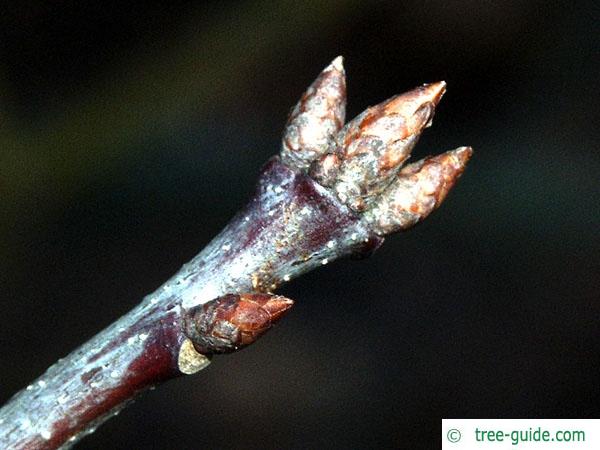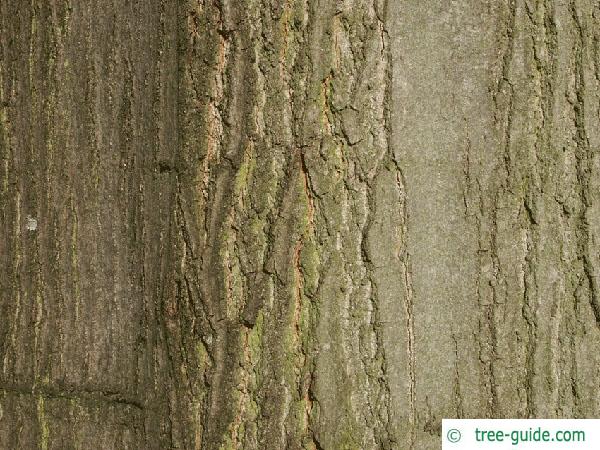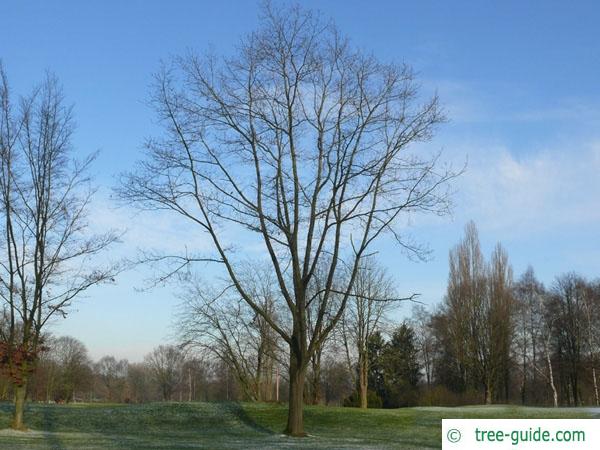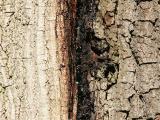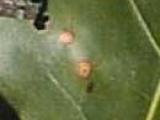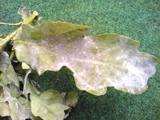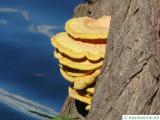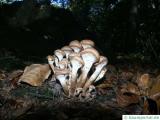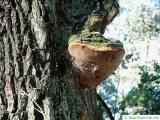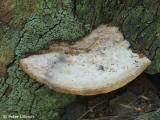Basisdaten
The Red oak is native to North America. But it is very common to find it in Europe. The oak is a major supplier of timber. The hard wood is used in furniture industry, boat building and track laying (railway sleepers).
Quercus rubra - Red Oak
Description
The Red oak belongs to the genus of oaks and is native to North America. Quercus rubra is distributed from the east of North America to Canada and south to Georgia, Texas and Oklahoma. In the Appalachians, the deciduous trees are found at heights of 1,600 meters. In Europe, the red oak has been known since the end of the 17th century and is mainly planted in parks or along tree-lined avenues because of its attractive foliage color. The Red Oak is less suitable as a street tree, because the roots can lift tile or asphalt when the soil is compacted.
habit
Red oaks are about 25 feet high. Occasionally, trees can be found that reach heights of growth of more than 30 meters (99 ft). Characteristic of the red oak is its round treetop. The trees reach an age of up to 400 years and the trunks can have a diameter of up to two meters.
Leaves
The leaves are about 20 cm (8 inch) long and sit on a up to five inches long yellowish stalk. Shortly after budding, the leaves are yellow until soon thereafter turn green and in the autumn take on a pretty orange to bright red color.
Bark
The bark of the red oak is smooth and gray. Older trees have a thin-skinned bark.
Bud
The red oak has reddish buds, which appear weak egg-shaped in the form. The buds are several to the branching, tapering and are of a brown color.
Blossom
Free-standing red oaks flower at about 25 to 30 years, so comparatively early. The flowers appear in Central Europe in May. The male flowers are noticeable that they hang loosely. The color of the flowers is yellowish-green. Female flowers may occur individually or in pairs. The flowers of the red oak appear in spring together with the leaves.
Fruit
A special feature of the red oak are the fruits, which only mature in the second year. These are broad egg-shaped acorns, which are about two inches tall and stand in shallow cups. The acorns are arranged on the short stems of the flat fruit cup.
Red oak wood
The red oak has a reddish brown core and a light sapwood as a heartwood tree. When using the red oak wood can be oriented to the application of stalk or grape oak. However, red oak wood generally has a lower value. Because the veneer of red oak has an irregular structure, it is not preferred to be used in the furniture industry. It is a fairly large-pored wood, which therefore can not be used for the production of barrels. Even when used as lumber other oak species are preferred.
Tree profile
The leaves of Red oak are deeply sinuate to lobed. The lobe ends are tapered. The leaf can be 22 cm (8.7 in) long. The leaf margin is smooth.
The flowers form greenish - yellow drooping catkins. Flowering and leafing sprout together.
The acorns hang on short stems in shallow fruit cups.
The twigs are red-brown with light lenticels. The buds are reddish, slightly ovate, taper to a point and occur most frequently on branch end.
single tree, planting in groups, parks and garden
Oaks additional information
overview leaves | overview blossoms
overview fruit | overview trunks
overview winter | overview trees







